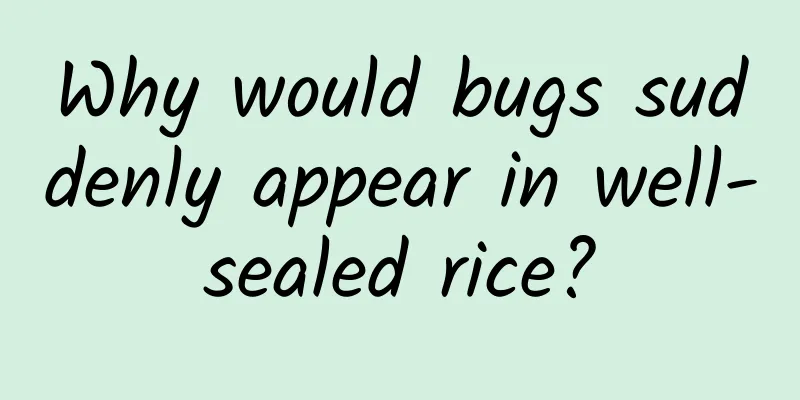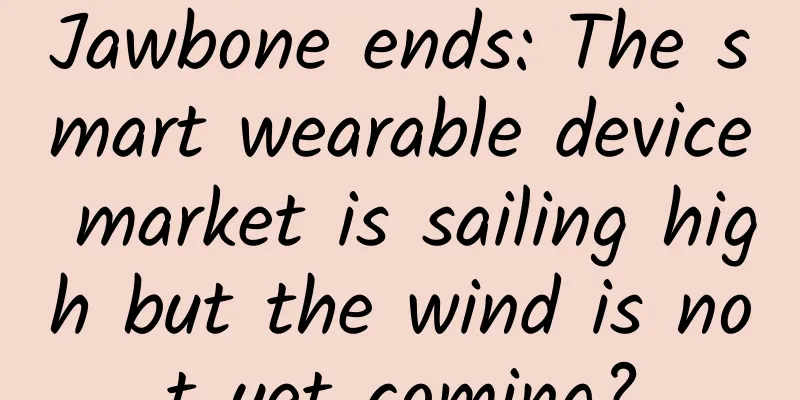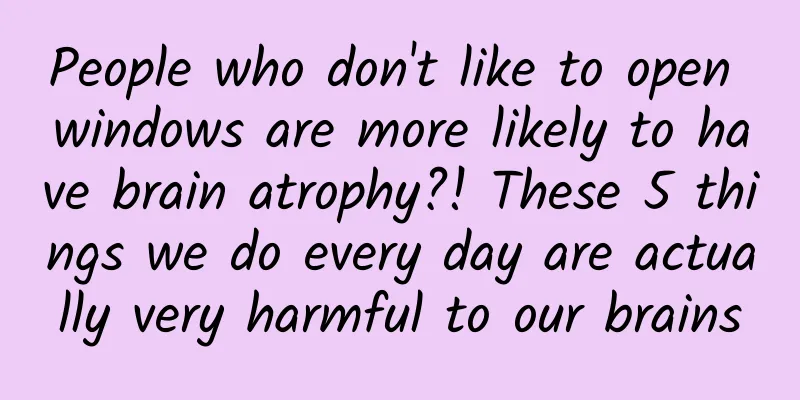Forced to "leave work" just because of poor eyesight? Hubble, it turns out you have had such a past!

|
34 years ago, astronauts saved the Hubble Space Telescope Astronauts replace Hubble's Wide Field and Planetary Camera with its successor, WFPC2. (Image source: National Aeronautics and Space Administration (NASA)) It’s been 34 years since NASA astronauts saved the Hubble Space Telescope in an extremely daring mission. It was perhaps the most daring mission scientists had ever conceived at the time. In short, when Hubble launched in 1990, its optics failed, resulting in blurry images. Fortunately, the space telescope, which is orbiting the Earth, could be physically repaired by astronauts. Yes, in the middle of orbit. But even with that capability, no one really anticipated before Hubble launched that it would need repairs so soon—and for such a dramatic reason. At the time, the work of “grounding” the giant 2.4-meter-long mirror, the centerpiece of Hubble’s optical system, had just begun. As the largest telescope ever sent into space, the mirror had to be polished to exacting specifications. A company called Perkins-Elmer was awarded the contract to complete this daunting task. For three years, technicians have been working on the mirror blanks. They polish, clean, and, of course, measure. They repeat the same tasks over and over again. To focus the light of distant galaxies, the mirror's curvature must be accurate to within 5 microns, or 0.005 millimeters. Because such precision is beyond the range of human vision, technicians use a laser grid to measure the mirror's curvature. This grid is maintained by a device called a reflective null corrector, which is another name for a metal rod with end caps and a hole drilled in it to allow the laser to enter and reflect off the bare metal plate. By 1981, the mirror was complete; two years later, it was assembled with the rest of the telescope and ready for launch on a space shuttle in 1986. But then tragedy struck. The Challenger disaster in January of that year halted shuttle launches for three years while the accident was investigated. Hubble sat in the clean room and waited. On April 24, 1990, Hubble's era finally arrived. Amid the cheers of the mission control center and astronomers around the world, he traveled into space on the space shuttle Discovery. Yet those cheers soon turned to tears. Within days, Hubble was working and beaming images back to Earth, but something was wrong. The images were blurry and a chill ran through NASA. Had $1.5 billion been wasted on a telescope with flawed vision? On the left is an image of the galaxy M100 taken by the Hubble Telescope before repair; on the right is the first image taken by the Hubble Telescope after repair. The two comparisons show the difference in clarity. (Image source: NASA/STSCI) Subsequent investigations uncovered what had happened: a catastrophic error dating back to the time the telescope was grounded, and which had been hidden like a ticking time bomb. The investigation found that a flake of paint had fallen off a reflective null corrector without being detected. This revealed an exposed metal spot from which the laser light was reflecting instead of where it was supposed to be. In other words, the reflective null corrector was working 1.3 millimeters off. The consequence was that the outer edge of Hubble's primary mirror had been inadvertently ground to the wrong specification. It had been ground too shallow, a mere two microns, to cope with the situation. While it may not sound like much, this tiny error had a huge impact. Hubble was designed to focus at least 70% of incoming light into a small circle, but a problem with its mirror meant it could only focus 15% of the light. Everything else became blurry. This distortion is called "spherical aberration." When this was exposed, NASA became the butt of public ridicule, talk show hosts made fun of it, and politicians demanded answers. Eventually, the solution became incredibly simple: What else could optometrists do besides prescribe glasses for myopic patients? That's what NASA does. Hubble's optical system is a Ricci-Chretien design, in which the primary mirror reflects light onto a smaller secondary mirror, which in Hubble's case is only 30 centimeters (12 inches) wide. The secondary mirror reflects light through a hole in the center of the primary mirror to a focal point behind the primary, where the science instruments (i.e., the spectrograph and camera) are located. Fixing Hubble required putting something in the light path before the light reaches the focal point to correct for spherical aberration. These are the "glasses," and the instrument is called COSTAR, or Corrected Optics Space Telescope Axial Replacement. So a team of seven brave astronauts - Ken Bowersox, Dick Covey, Casey Thornton, Jeff Hoffman, Story Musgrave and Tom Akers of NASA, and Claude Nicollier of NASA, trained for months in underwater buoyancy tanks at NASA, practicing five spacewalks. The spacewalks were necessary to install COSTAR and replace the original Wide Field and Planetary Camera (WFPC) with a new, more advanced camera (WFPC2). They would replace a failed gyroscope with a new one. The spacewalk was considered the most dangerous spacewalk to date. On December 2, 1993, seven astronauts launched into space on the space shuttle Endeavour with a mission to save Hubble and NASA. If NASA couldn't even repair Hubble, how could it be expected to launch and assemble the International Space Station, a much more complex task? The Hubble Space Telescope is docked in the cargo bay of the space shuttle Endeavour. (Image credit: NASA) Endeavour grabbed Hubble with its robotic arm and pulled the orbiting observatory into its open cargo bay. The heroic astronauts performed five spacewalks and repairs flawlessly—and the next time Hubble beamed images back to Earth, the images were perfect. The Hubble mission, it turned out, was only the first of many over the next 16 years, though none was as important or dramatic as the first. Ironically, Hubble didn’t even need COSTAR in the long run: Subsequent missions replaced older cameras and spectrographs with newer ones that could correct for spherical aberration on their own. The last servicing mission, conducted before the retirement of the space shuttle fleet in 2009, gave the telescope a major upgrade. - The best Hubble Space Telescope photos ever taken - Saving Hubble: Astronauts recall first space telescope servicing mission 20 years ago - Hubble FAQ: Inside the final space telescope servicing mission While the James Webb Space Telescope (JWST) may have stolen much of Hubble's limelight, the veteran space observatory continues to make important discoveries. In the past, Hubble has observed changing weather and seasons on Jupiter and Uranus, discovered that material falling from Saturn's rings is heating that planet's atmosphere, discovered binary quasars when the universe was just 3 billion years old, and measured the size of the nearest known transiting exoplanet to be 1.07 times the diameter of Earth. None of this would have been possible without the daring mission to save the doomed telescope, a mission that saved NASA’s reputation and ensured Hubble’s legacy for the next 34 years, a legacy as profound and astonishing as it is remarkable. BY: Keith Cooper FY: 33 If there is any infringement of related content, please contact the author to delete it after the work is published. Please obtain authorization for reprinting, and pay attention to maintaining integrity and indicating the source |
>>: Are these 9.9 yuan free shipping headphones really usable? Will they damage your hearing?
Recommend
Paul Dirac: You'll Never Walk Alone
Dirac is a unique figure in the history of scienc...
App Promotion: How to Take App Screenshots to Influence Download Conversion Rate?
App screenshots are the most direct way to showca...
Go to bed, old off-roader, the dark blue G318 is not for you
Recently, DeepBlue Auto CEO Deng Chenghao release...
Is it Tianshui's turn this time? Gansu Malatang has a huge "traffic" explosion, what makes it so delicious?
Author: Fluent As if overnight, "Gansu Malat...
A must-have for goddesses - instant training of pelvic floor muscles
A must-have for goddesses - a quick-kill training...
Can’t come up with notes for popular articles on Xiaohongshu? 5000-word review guide
If a blogger, Xiaohongshu operator, or marketer f...
Stomach pain may not really be caused by the stomach!
In clinical work, we often encounter patients who...
Analysis of social dating advertising in August 2020
Whether it is the recently discussed ending of &q...
If you can achieve this level of information flow advertising optimization, is it possible to earn a monthly salary of 30,000?
I have read some articles on the market, all of w...
What! You may not be suitable for sleeping like this? Come and "claim" the sleeping position that suits you best
The quality of sleep affects a person's physi...
Snowflakes are more beautiful UE4 cluster shooting game buying volume Chinese video tutorial 2020
Snowflakes are more beautiful UE4 cluster shootin...
What else can the "heartfelt" Ma Huateng give to Liu Qiangdong?
[[152375]] Who is behind Liu Qiangdong besides Mi...
Is there water on the moon? Chang'e 5 goes out into the wild and adds another "proof"
Is there water on the moon? How much water is con...
Yuan Jianbo, founder of Shengjian Games: How to make VR games?
In 2016, VR swept the domestic technology market ...









